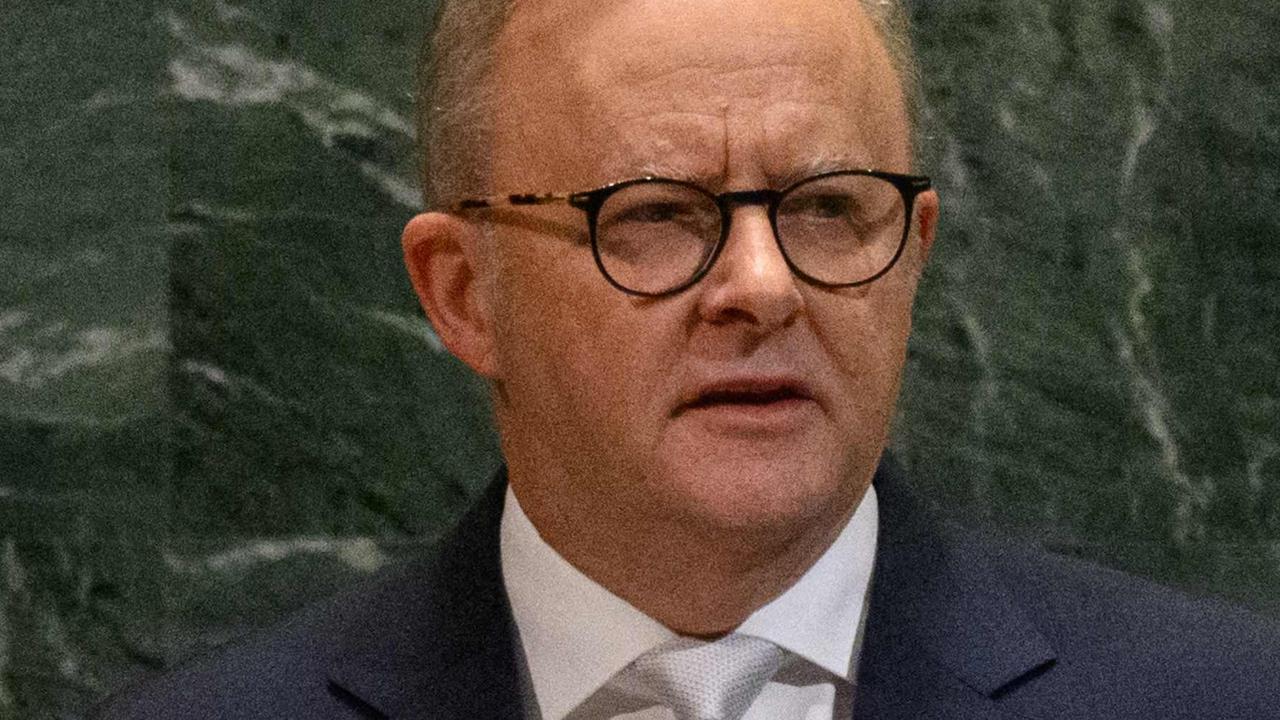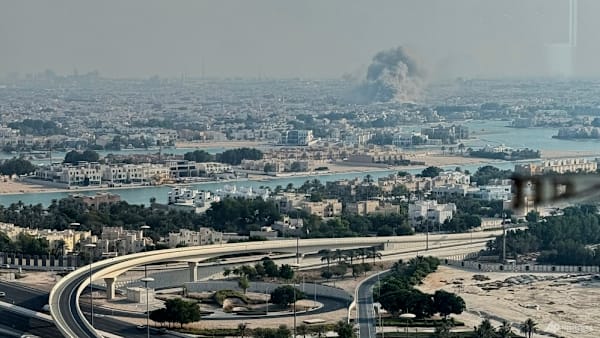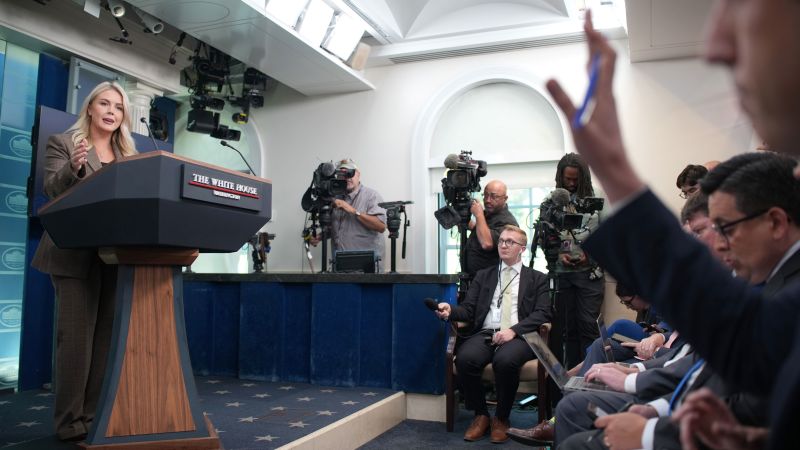By Harrison Christian
Copyright news

It’s a gambit that has left one expert questioning whether Mr Albanese should have bowed to the pressure to meet Donald Trump in the first place.
But the pressure has been immense. Eight months have passed since Mr Trump began his second term as US president – and although he and Mr Albanese shared a selfie in New York this week, they still haven’t sat down for a formal meeting.
That’s set to change on October 20, when the two leaders are scheduled to meet in Washington.
It comes after Trump left the Australian PM out in the cold more than once. October will mark the third time this year Mr Albanese has traipsed over to North America with hopes of a formal sit-down with the president.
This week he was angling for a bilateral meeting on the sidelines of the United Nations General Assembly, but it emerged he was not on the list and had to settle for a selfie at a welcome reception instead.
It was a similar story at the G7 in June, when Trump scotched a planned meeting with Mr Albanese and flew out of Calgary early to deal with the escalating conflict in the Middle East.
Liberal Party leader Sussan Ley said there was a lot riding on the October meeting.
“After almost a year since Donald Trump won the US election it is pleasing to see the PM finally lock in a proper face to face meeting with the president,” Ms Ley told news.com.au.
“It has taken Anthony Albanese three times as long to secure a face to face meeting with Donald Trump than it did Malcolm Turnbull and Scott Morrison.
“In the time it has taken our PM to meet with the president the leader of the UK has had three meetings with him. This is because the prime minister has disappointedly allowed our relationship with our most important ally to drift.”
What’s at stake?
Not only is Mr Albanese under immense pressure to get in the door of the White House – but he will also be expected to leave with tangible outcomes for Australians, all while Trump pushes his own agenda.
“When the PM belatedly meets with the president he needs to walk out with an assurance on AUKUS,” Ms Ley said of the defence pact currently under review by the US.
“He also needs to ensure greater protections for Australian jobs from US tariffs – particularly on steel where the UK has obtained a reduced rate – and the potential tariffs on copper and pharmaceuticals.
“The PM should also use the opportunity to reiterate to the President the importance of the Quad, which was due to meet in later this year and has also been allowed to drift.”
Brendon O’Connor, professor of US politics and US foreign relations, said Mr Albanese would face a “delicate dance” in Washington, and one that might not be worth the trouble.
There was pressure on Mr Albanese to have a conflict-free talk with Mr Trump, but Australians also had some of the most negative attitudes in the world towards the US, so the pair should not be seen as too cosy together either.
“I actually think it’s a pretty high-risk thing for the Albanese government, thinking there needs to be a meeting,” Prof O’Connor told news.com.au.
“When the (bilateral talks) at the UN didn’t go ahead, I would have taken that as a sign and not searched for the (Washington) meeting.
“It comes with some risks – and it could also be cancelled. If there’s an important event in the US that day it could be off again.
“I think just saying there had been phone calls would have been enough. There’s probably some element of the press coverage of this, and the opposition saying there hasn’t been a meeting, that has made Albanese just want to get it out of the way. I don’t think it’s as necessary as some people are arguing.”
Prof O’Connor said the first item on Albanese’s agenda might be making the point that Australia shouldn’t be a target of Trump’s tariffs due to Australia having a trade surplus with the US.
But the prime minister may also have set a “low bar” for himself, eager to leave with the simple message that “this meeting went ahead without any kind of conflict and I’ve got this out of the way”.
On the American side, Trump might push for Australia to increase its defence expenditure – his administration wants it raised from 2 per cent to 3.5 per cent. Mr Albanese has said he won’t be dictated to on defence spending, so any mention of the issue in Washington could lead to a “challenging conversation”.
There were other sticking points to be mindful of, such as differences between Australia and the US on climate change and the war in Gaza.
Mr Albanese would definitely want to avoid a situation where Trump ambushed him on television, as he had done with both Ukrainian president Vlodymyr Zelensky and South Africa president Cyril Ramaphosa, Mr O’Connor added.
Australia’s trade surplus with the US is helpful, but there is another ace up Mr Albanese’s sleeve that he could play with the transactional Mr Trump.
The lucky country is rich in critical minerals such as cobalt and lithium – key elements in EVs, smartphones and laptops – and Mr Albanese might provide a guarantee for US access.
Though the Americans rebuffed an initial offer months ago, the Trump administration is now “vcry interested” in a new proposal, Trade Minister Don Farrell told The Sydney Morning Herald.
It would fit in well with Mr Trump’s desire to move away from Chinese supply chains, and might enable Mr Albanese to walk away from the meeting with US concessions.
How does Albo compare with past leaders?
Malcolm Turnbull was prime minister during Trump’s first term in 2017, and the pair got off to a shaky start.
Shortly after Mr Trump was inaugurated, he harangued Mr Turnbull during an extraordinary 25-minute phone call.
The prime minister probably expected a congenial introduction – instead, he received a verbal dressing-down.
When Mr Turnbull tried to confirm that the US would take in 1,250 refugees from an Australian detention centre in an Obama-era arrangement, the president fumed that it was “the worst deal ever”.
He also boasted that he had spoken with four other leaders that day, including Putin, and that “this was the worst call by far”.
But the storm of that first phone call blew over and Mr Turnbull met Mr Trump face to face relatively quickly.
In May 2017 – three months after Mr Trump’s inauguration – the pair had an official meeting on board the USS Intrepid in New York. They seemed in high spirits after talking for 45 minutes, with Trump announcing he would “absolutely” visit Australia as president.
He has not followed through with his promise – the last US President to journey Down Under was Barack Obama in 2014.
The make-up session on the USS Intrepid was the first of four in-person meetings that year. At the G20 in Hamburg – where Mr Turnbull and his wife Lucy joined the Trumps for a ride in their heavily-armoured car – and on the sidelines of ASEAN in Manila, the two leaders appeared to hit it off.
After the Liberal leadership spill that saw Scott Morrison take over as prime minister in August 2018, it took just three months for Mr Morrison to meet Trump at the G20 summit in Argentina.
It has taken about three months on average for Australian prime ministers and US presidents to have their first meeting since 2015.
Mr Albanese’s wait falls well outside that timeframe.
Critics argue he has not made it easy for himself. Ahead of the UN General Assembly, for example, he made the call to recognise Palestine as a state – a decision Mr Trump’s office slammed as an empty gesture that rewarded Hamas.
And the breakneck speed with which Mr Albanese met president Joe Biden at a Quad leaders summit in Japan in 2022 – just three days after he took office – raises questions about whether partisan politics are getting in the way of Australia’s relationship with its closest ally.



